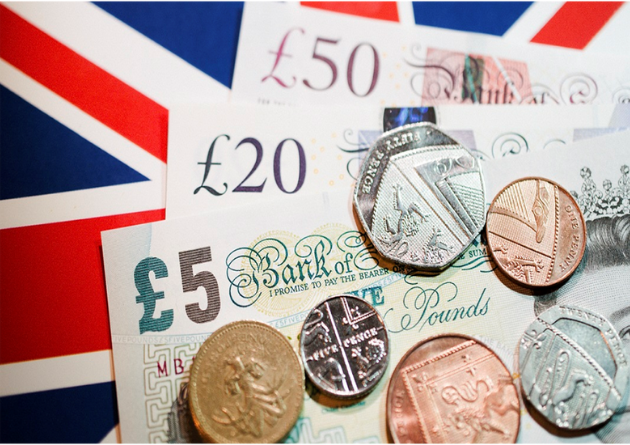Surprising Surge in UK Pay Rates Amidst Growing Unemployment Challenges

- rabeelrana
According to the latest official figures from the Office for National Statistics (ONS), pay rates in the UK have been increasing at a historically high rate, despite challenges in the labor market. In the three months leading up to July 2023, total earnings were 8.5% higher compared to the same period in the previous year. This rate of increase is the highest recorded since 2001, with the exception of the unusual conditions brought about by the pandemic.
It’s important to note that these earnings figures were influenced by one-off payments made to NHS staff and civil servants. When adjusted for inflation, real pay still showed growth, albeit at a more modest annual rate of 1.2%. During the same three-month period, unemployment saw an increase of 159,000 individuals, resulting in the unemployment rate rising by 0.5 percentage points to reach 4.3%. Employment numbers also dropped by 207,000, and the number of job vacancies fell below 1 million for the first time in two years. These figures indicate a complex economic situation in the UK, with a paradoxical scenario of rising pay rates alongside increasing unemployment and a cooling labor market. The Bank of England faces a challenging decision regarding whether to raise interest rates again next week, given these conflicting economic indicators.
The significant disparity between the strength of pay increases and the rest of the official labor market data is creating a challenging situation for the Bank of England as it contemplates whether to raise interest rates for the 15th consecutive time in its upcoming meeting. These jobs and earnings statistics represent crucial pieces of economic information for the Bank of England in the run-up to its decision on borrowing costs in September. The central bank has been closely monitoring whether the pace of pay increases is slowing down. However, it’s also aware that previous interest rate hikes have started to affect economic growth and employment. Additionally, the annual average earnings for the three months leading up to July play a role in calculating adjustments to pensions. Under the triple lock policy, the state pension increases in line with whichever of the following is higher: earnings, prices, or 2.5%.
Breaking down the pay data further, it’s revealed that annual earnings in the private sector grew by 7.6% during the quarter ending in July, while earnings in the public sector rose by a more substantial 12.2%. Regular pay, which excludes bonuses, continued to grow at an unchanged rate of 7.8%.Chancellor Jeremy Hunt commented on the situation, highlighting that it’s positive to see that the number of employees on payroll remains close to record highs and that the unemployment rate remains lower than many international counterparts. He also noted that wage growth, which includes one-off payments to public sector workers, is significant. However, he emphasized the importance of adhering to the plan to combat inflation to ensure sustainable real wage growth.
